Pests and diseases arise strongly, causing widespread damage.
In the 2025 summer-autumn crop, Ha Tinh has planted more than 45,000 hectares of rice, reaching 100.6% of the plan. The rice is entering the stage of intensive tillering, preparing to differentiate panicles - the stage that determines the yield at the end of the crop. However, unfavorable weather has created favorable conditions for many pests such as small leaf rollers, brown planthoppers, white-backed planthoppers, yellow-backed bamboo locusts, etc. to arise and cause serious damage over a large area.
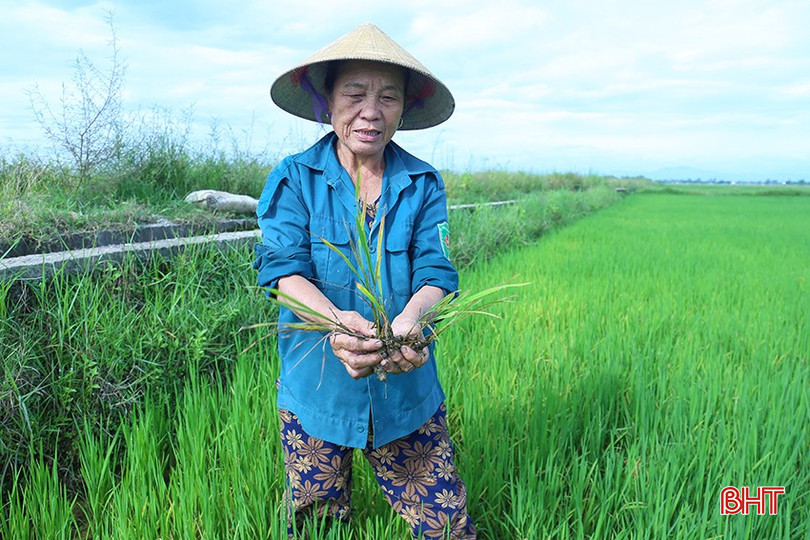
According to Mr. Tran Hung - Head of the Ha Tinh Department of Crop Production and Livestock, this is the year of the most unusual and serious outbreak of pests in many years. Currently, the second generation of small leaf rollers has appeared, causing damage to rice fields with an average density of 10 - 15 individuals/m 2 , in high places 20 - 30 individuals/m 2 , locally 80 - 100 individuals/m 2 , the infected area is more than 5,000 hectares, of which about 500 hectares are heavily infected.
Ms. Pham Thi Thu (Trung Tien village, Duc Thinh commune) said: “This crop, I have produced more than 1 hectare of rice, and currently the small leaf rollers appear densely, especially in low-lying fields with good, dense rice. The leaves of the rice plants are complete, so if attacked by worms, it will be difficult to compensate, affecting the photosynthesis and nutrient accumulation process. I have sprayed pesticides in areas heavily eaten by worms and continue to monitor the situation.”
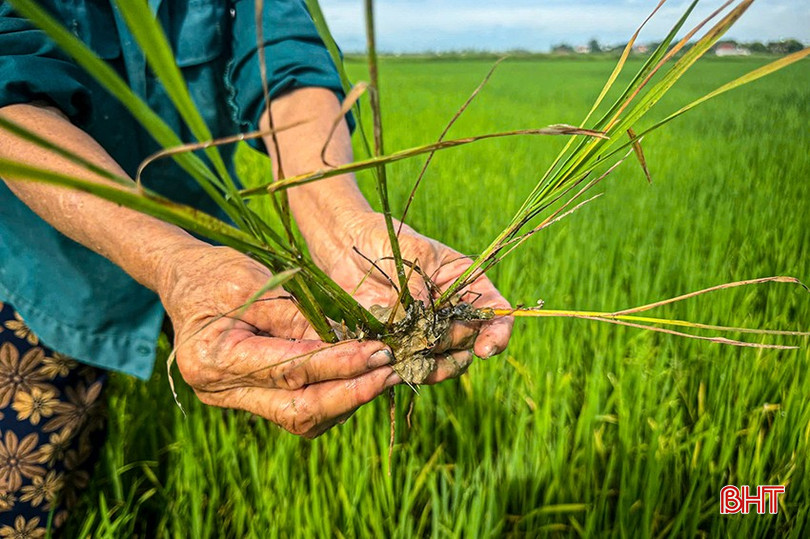
According to farmers, the worms are currently mainly 1-3 years old, nesting in the youngest leaves (young leaves), hidden under the canopy, very difficult to detect with the naked eye. This generation of worms is tending to directly attack young leaves, reducing the ability to photosynthesize.
Along with small leaf rollers, brown planthoppers and white-backed planthoppers are also developing complicatedly in many fields in the province. The infected area is more than 1,200 hectares, of which 300 hectares are heavily infected, 5 hectares are burnt. "Groups" of planthoppers commonly appear in most fields with a density of thousands of individuals/m². Some individual fields recorded a density of up to 8,000 - 10,000 individuals/m², mainly 5th instar and adult planthoppers, with overlapping generations.
Ms. Phan Thi Phuoc (Bac Van village, Dong Tien commune) shared: “I grow nearly 8 sao of rice, of which 5 sao are attacked by planthoppers. They appear densely, some areas have withered due to “planthopper burn”. This is an important time in rice growth, so we cannot be subjective. I sprayed pesticides twice in the infected fields and am still monitoring to see if the next crop of planthoppers will appear or not.”
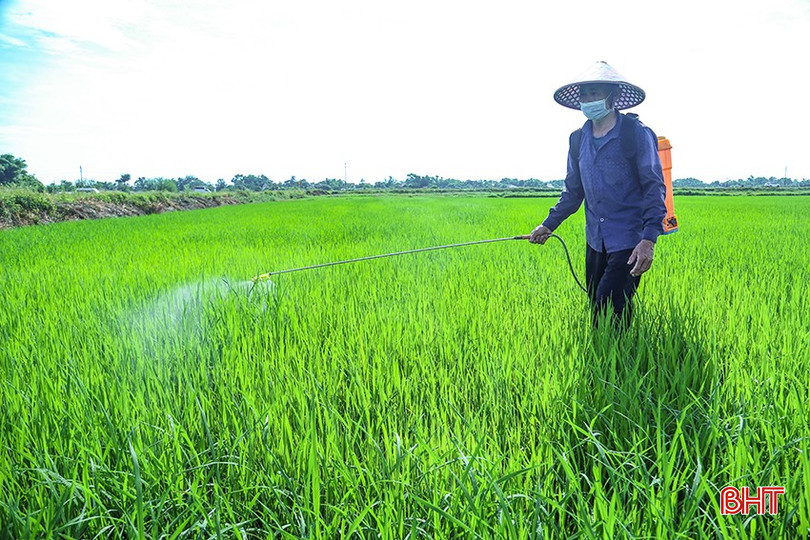
In addition to pests, sheath blight disease has emerged and continues to cause damage to densely planted fields with excess nitrogen fertilizer in localities such as Nghi Xuan commune, Cam Xuyen commune and Ha Huy Tap ward. The infection rate is generally from 7 - 10%, in some places up to 15 - 25%, the total affected area is about 100 hectares. In particular, a new species emerging in the province is the yellow-backed bamboo locust, which in a short time has eaten up more than 10 hectares of corn, reeds, sugarcane and some upland crops in Cam Due, Cam Hung, Cam Lac communes...
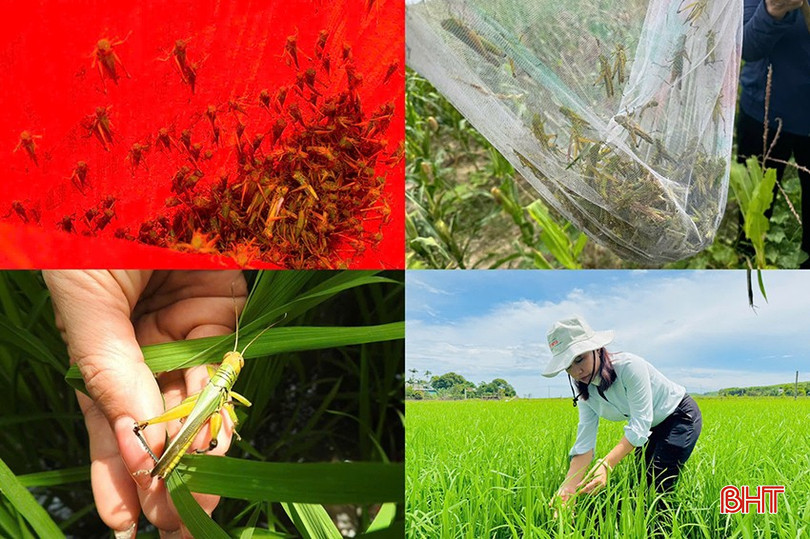
Urgent pest control
According to the forecast of Ha Tinh Hydrometeorological Station, in the coming time, the weather will continue to be hot and sunny with showers, and high humidity in the fields will create favorable conditions for pests to continue to arise and cause severe damage.
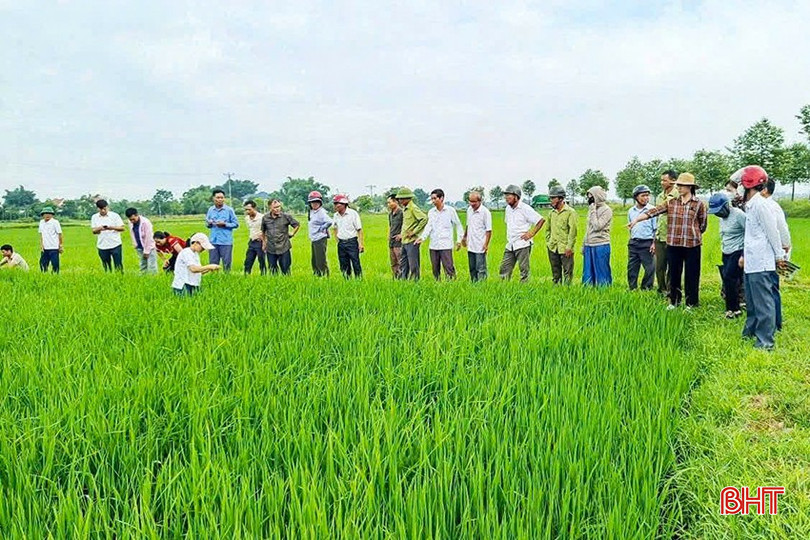
Currently, the second generation of small leaf rollers has appeared at the first stage with high density, eggs continue to hatch, potentially causing widespread white leaf burn if not controlled promptly. Meanwhile, the second generation of white-backed planthoppers is forecast to appear from around July 20, coinciding with the stage when rice enters the heading stage - panicle formation, increasing the level of danger, affecting the yield at the end of the crop.
Faced with the risk of widespread pest outbreaks, many localities in Ha Tinh are proactively implementing synchronous response measures to protect summer-autumn crop yields. In Ha Huy Tap ward, the government and people are actively coordinating to implement pest control solutions for more than 1,400 hectares of rice.
Mr. Duong Van Hai - Deputy Head of the Economic , Infrastructure and Urban Department of Ha Huy Tap Ward said: "The Ward People's Committee coordinated with specialized units to conduct tests on more than 15 types of plant protection drugs in Yen Trung, Van Minh and Trung Thanh villages to evaluate the actual effectiveness, impact characteristics and retention time. From these results, we developed detailed instructions on dosage, mixing method and appropriate spraying time to improve prevention efficiency and limit pesticide abuse. Up to now, the situation of planthoppers has been basically controlled, not spreading to other areas."
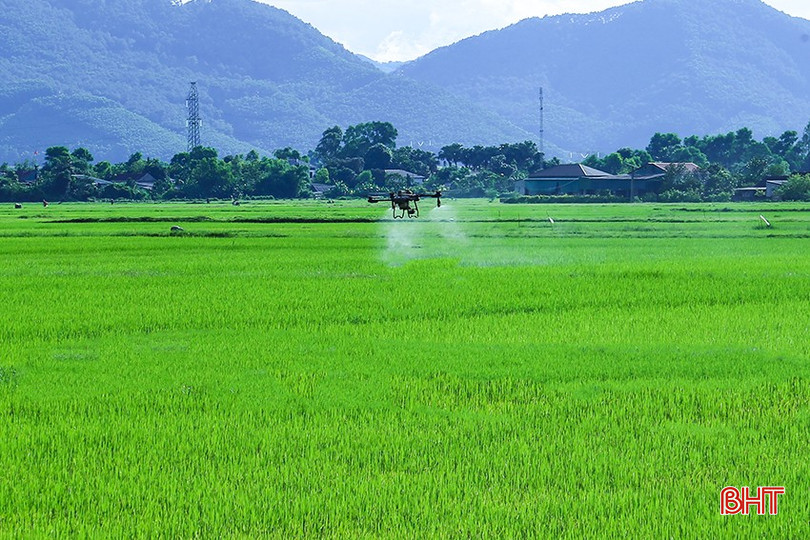
In Thach Lac commune, local authorities have advised people to spray to prevent leaf rollers, brown planthoppers and white-backed planthoppers. "Up to now, we have sprayed to prevent leaf rollers on more than 130 hectares of rice, and sprayed to prevent brown planthoppers and white-backed planthoppers on about 500 hectares," said Mr. Nguyen Duc Hai - Vice Chairman of the Commune People's Committee.
Recently, the Department of Agriculture and Environment of Ha Tinh province held an urgent online meeting with 69 points across the province to deploy urgent solutions to prevent and control pests on summer-autumn crops. Mr. Nguyen Thanh Hai - Deputy Director of the Department of Agriculture and Environment emphasized: "This year's pests and diseases are complicated, with the risk of causing widespread damage, directly affecting people's lives. Therefore, localities need to correctly assess the current situation, clearly identify the causes and closely coordinate with specialized agencies to guide farmers to detect early, localize and handle promptly."
The Department of Agriculture and Environment requires localities to strengthen the investigation, estimation, forecasting and timely warning of harmful objects; guide farmers to apply appropriate prevention measures according to each growth stage. At the same time, coordinate with enterprises to organize demonstrations of plant protection drugs in heavily infected areas to evaluate actual effectiveness, as a basis for widespread deployment. Specialized sectors assign technical staff to closely follow the fields, directly investigate, and guide on-site treatment to limit damage and ensure safe production in the summer-autumn crop of 2025.
Source: https://baohatinh.vn/cap-bach-phong-tru-sau-benh-tan-cong-lua-he-thu-tren-dien-rong-post291810.html



![[Photo] Hanoi morning of October 1: Prolonged flooding, people wade to work](https://vphoto.vietnam.vn/thumb/1200x675/vietnam/resource/IMAGE/2025/10/1/189be28938e3493fa26b2938efa2059e)






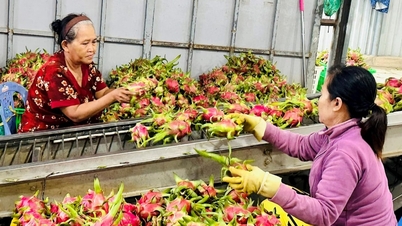


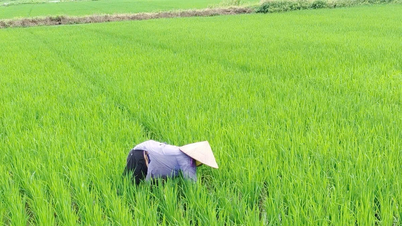

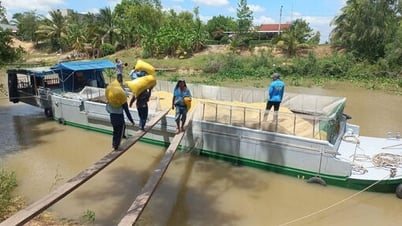


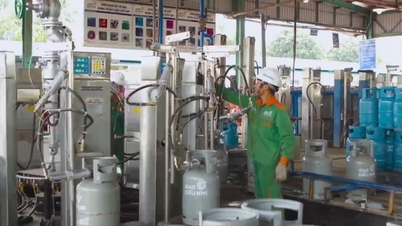

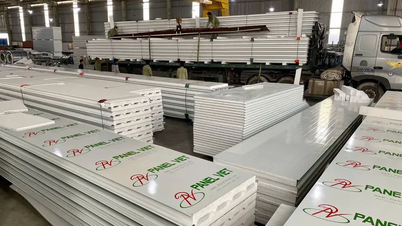

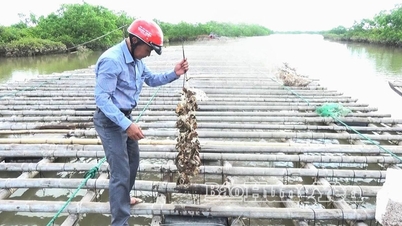














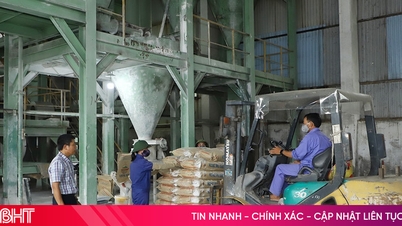
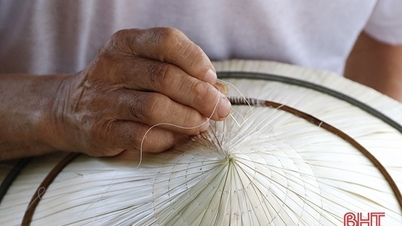
![[Photo] Panorama of the cable-stayed bridge, the final bottleneck of the Ben Luc-Long Thanh expressway](https://vphoto.vietnam.vn/thumb/1200x675/vietnam/resource/IMAGE/2025/9/30/391fdf21025541d6b2f092e49a17243f)








































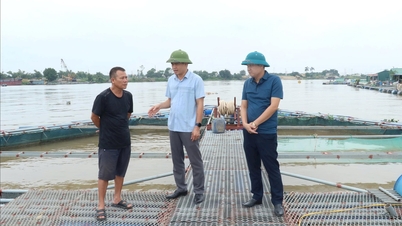

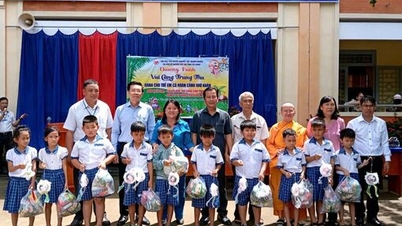

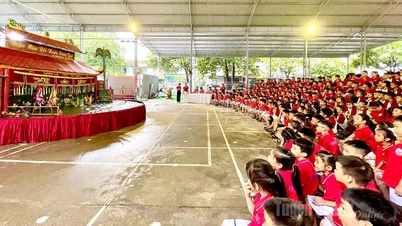














Comment (0)